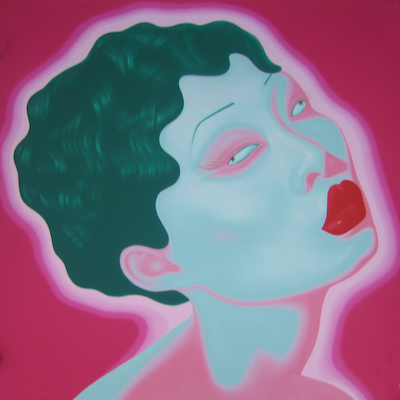
Details
Artist
Styles
Huai-Qing Wang’s Peace (2012) is a minimalist etching that conveys profound stillness and introspection. Dominated by a rich, earthy red background, the composition features a stark black form resembling a seated figure or an abstracted vessel. The textured black shape contrasts sharply with the smooth expanse of red, emphasizing simplicity and balance. The negative space amplifies the meditative quality of the work, evoking themes of solitude and inner peace. Measuring 114 x 57.5 cm, this limited-edition print exemplifies Wang’s mastery of restrained yet impactful imagery, rooted in Eastern philosophy and an appreciation for the power of emptiness.
Peace , 2012
form
Medium
Size
114 x 57.5 cm
- Inches
- Centimeters
Edition
Price
- USD
- EUR
- GBP
Details
Artist
Styles
Huai-Qing Wang’s Peace (2012) is a minimalist etching that conveys profound stillness and introspection. Dominated by a rich, earthy red background, the composition features a stark black form resembling a seated figure or an abstracted vessel. The textured black shape contrasts sharply with the smooth expanse of red, emphasizing simplicity and balance. The negative space amplifies the meditative quality of the work, evoking themes of solitude and inner peace. Measuring 114 x 57.5 cm, this limited-edition print exemplifies Wang’s mastery of restrained yet impactful imagery, rooted in Eastern philosophy and an appreciation for the power of emptiness.
- Recently Added
- Price (low-high )
- Price (high-low )
- Year (low-high )
- Year (high-low )
What is Chinese contemporary art?
Chinese Contemporary Art is marked by a wide range of styles and experimental approaches. In the 1980s, avant-garde exhibitions were often shut down by government officials. The 1990s saw the rise of political pop and cynical realism, while China's One-Child Policy influenced artists to explore the individual as a subject matter.























